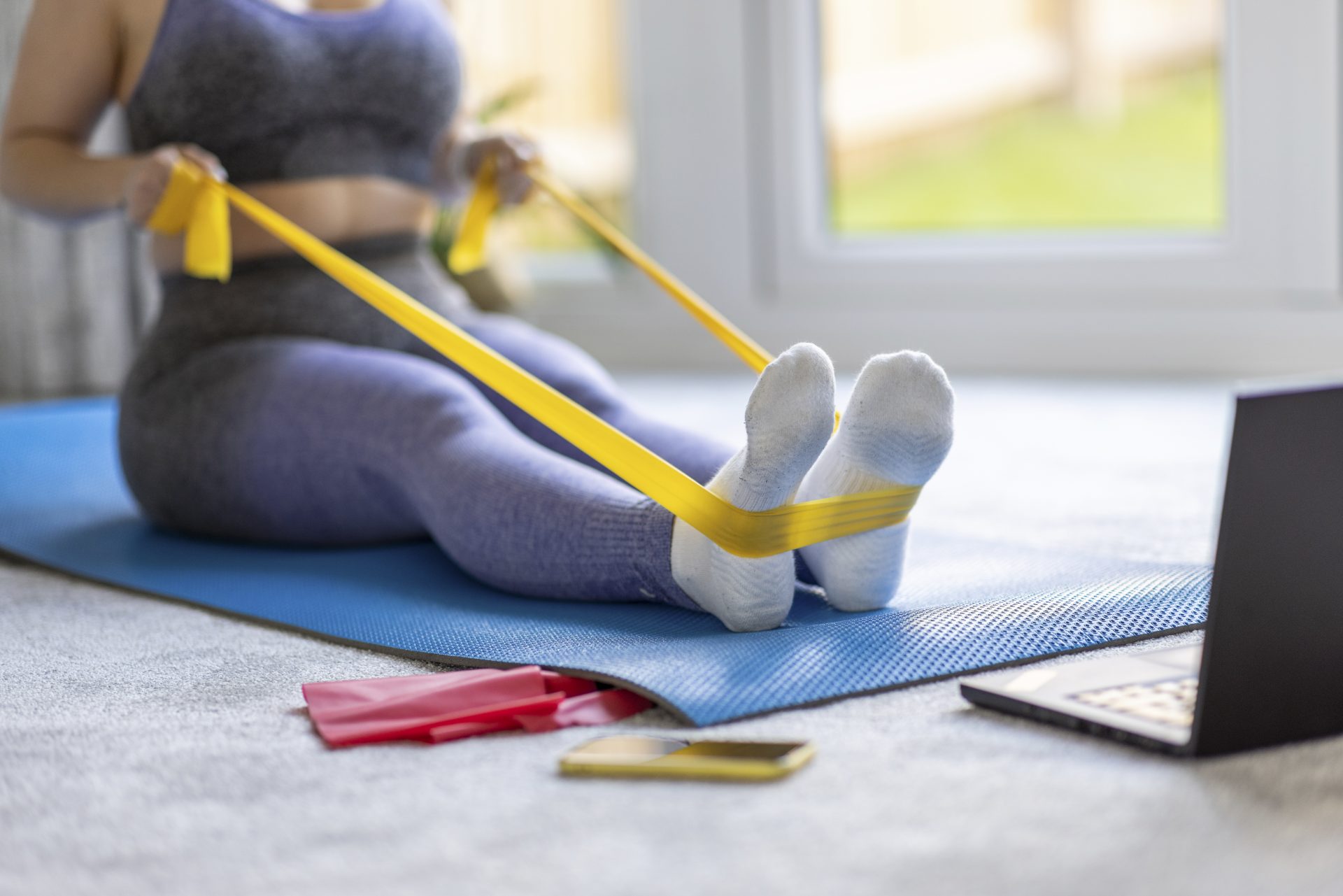This is the best way to stretch if you’re fed up with not getting any more flexible.
Stretching can sometimes feel like an unrewarding task. Every single day, you lengthen your legs to touch your toes and yet it doesn’t feel like you get any closer to looser hamstrings.
If you really want to improve your range of motion, then just reaching into a stretch might not be enough. Instead, a technique called PNF stretching has been shown to support your body into deeper positions so you can really feel the release.
What is PNF stretching?
Standing for proprioceptive neuromuscular facilitation, PNF sounds pretty complicated. Really, it means contracting and relaxing the muscle while stretching. The aim is to trigger the nerve that allows the muscle to calm and stretch in order to move deeper into postures while preventing injury.
Essentially, it’s about engaging the nervous system with the muscles, as the name suggests.
You may also like
Yoga is great for runners – but what style of stretching is best for sprinters and long-distance running?
“PNF works by lengthening the muscle to its maximum capacity through natural reflexes which allow the muscles to fully relax,” says Emily Chadwick-Vint, a trainer from the EvolveYou app.
And it works. Studies show that PNF stretching is the most effective way to improve range of motion, increase the length of the muscle and neuromuscular efficiency – how well you can activate and apply force through a muscle.
According to the Journal of Human Kinetics, research indicates that PNF stretching improves and maintains range of motion while also increasing muscular strength and power, and athletic performance.

When to do PNF stretching?
Because PNF immediately improves your mobility and muscle activation, there are benefits to doing it before training. For example, improving your range of motion in the hips with PNF stretches in your warm-up might help you lower further into a squat during your workout.
However, it shouldn’t be the first type of stretch you do, says Chadwick-Vint. “It is highly effective and is a great supplement to any type of strength training, but because of how deep you will go into the stretches it is important to warm up the muscles before doing it,” she explains.
Start with some gentle dynamic stretching before moving into more intense PNF moves.
You may also like
Static vs dynamic stretches – which is better for warming up?
How to do PNF
“PNF stretching involves holding a specific stretch close to your maximum flexibility point while gently applying force to the stretch,” explains Chadwick-Vint. “You contract the stretched muscle for up to 10 seconds and then move out of it. Repeat three times and you should notice your range of motion and flexibility increase each time.”
You can use a partner, a towel or a strap to help you apply force to the muscles, or you can perform them using just your body.
3 PNF stretches
PNF hamstring stretch
- Lie on your back with your legs out straight. Raise one leg to the ceiling.
- Keep the leg as straight as possible and place your hands behind your thigh. Gently pull the leg towards you until you find yourself almost stretching as far as you can go.
- To contract the hamstring, kick your leg to the ceiling while pushing your leg into your hands while you inhale. Alternatively, you can loop a towel or a long resistance around the ball of your foot and press into it while pulling the ends towards the ground, or use a partner to gently push against.
- Hold the contraction for up to 10 seconds.
- Exhale as you release and pull the leg a little further towards you.
- Repeat three times and swap legs.
PNF hip flexor and quad stretch
- Come into a low lunge position with your right foot in front, knee bent at 90 degrees and the left leg extended behind you with the foot and knee on the ground.
- Place your left hand on the floor and extend your right arm behind you. Kick your left foot up so the heel comes towards your glutes and catch it with your right hand.
- If you can’t reach your foot, loop a towel or a resistance band around the ankle to pull it in towards you.
- Contract the quad and push it in towards your hand or band as you inhale.
- Exhale to relax the leg and pull it slightly further towards you.
- Repeat three times and swap legs.
PNF chest stretch
- For this stretch, you ideally need a door frame or the corner of a wall.
- Stand parallel to the wall with the corner in line with your shoulders.
- Cactus your arm to place the hand on the wall with your elbow bent at a right angle.
- Inhale to press your arm into the wall, contracting your chest muscles.
- Exhale to release the contraction and lean further into the stretch (you may need to take a small step forward).
- Repeat three times and swap arms.
Images: Getty
Source: Read Full Article